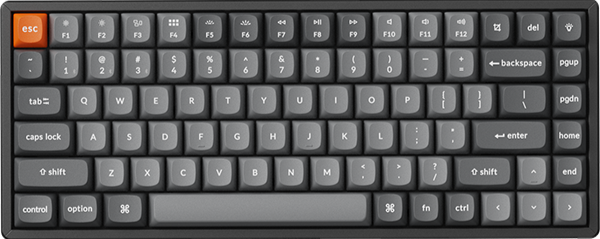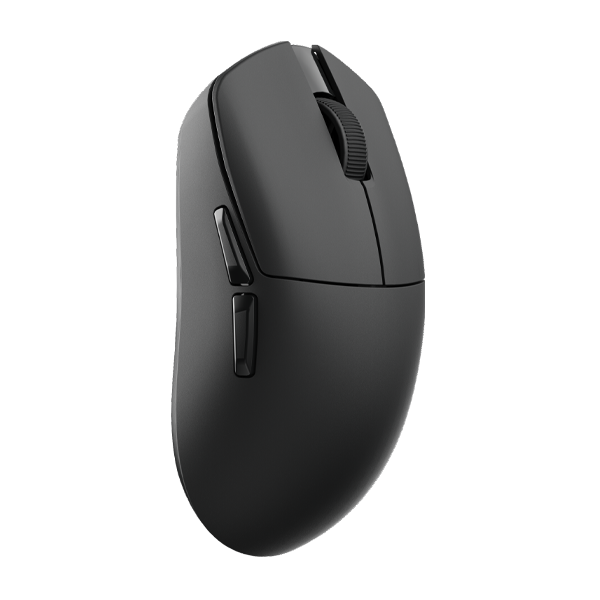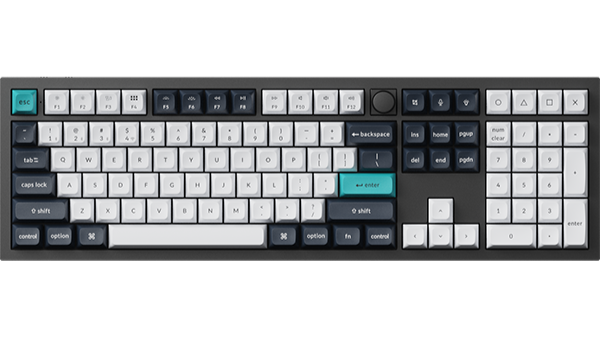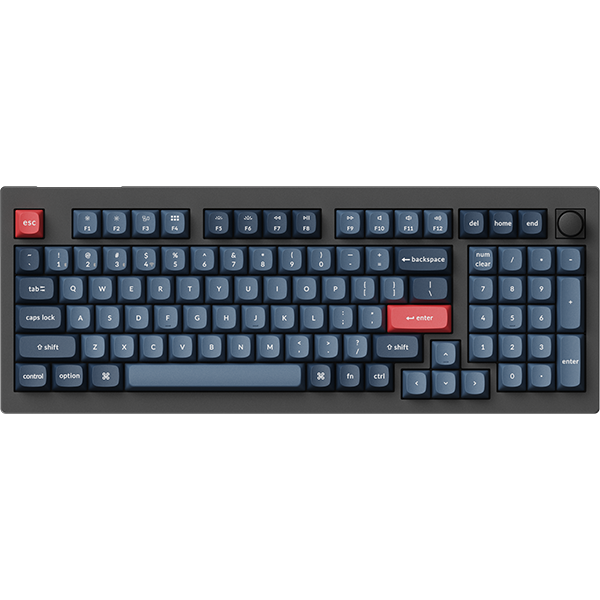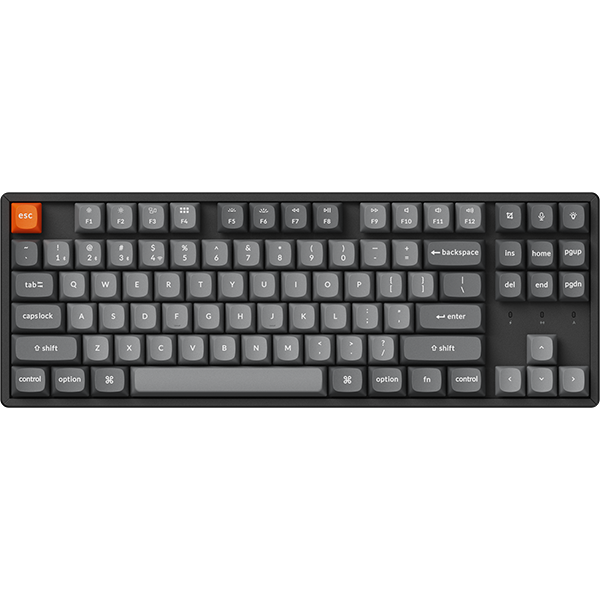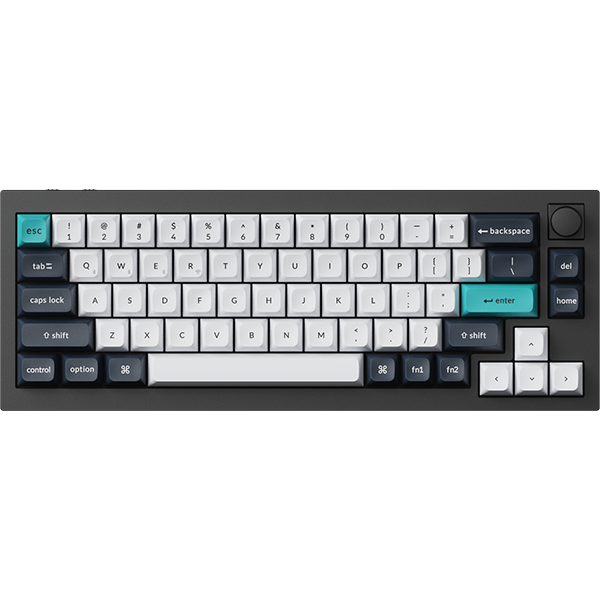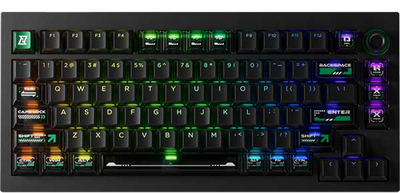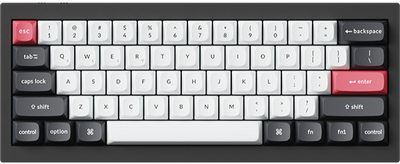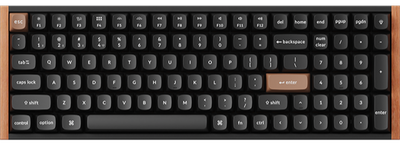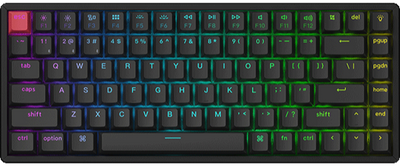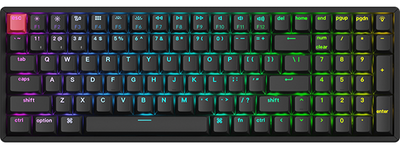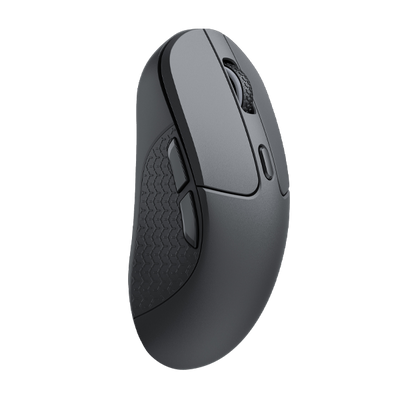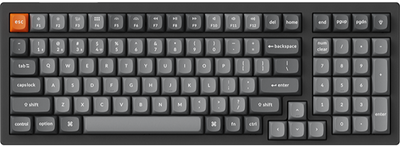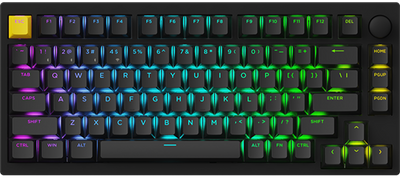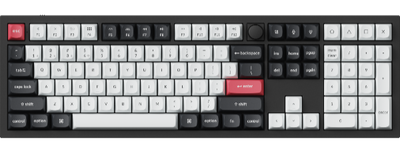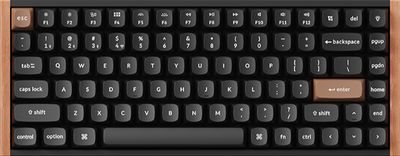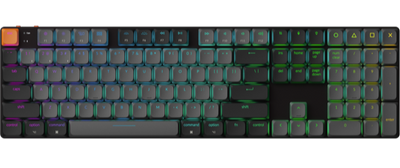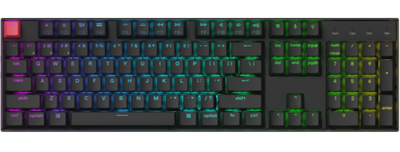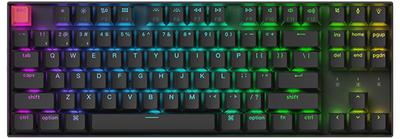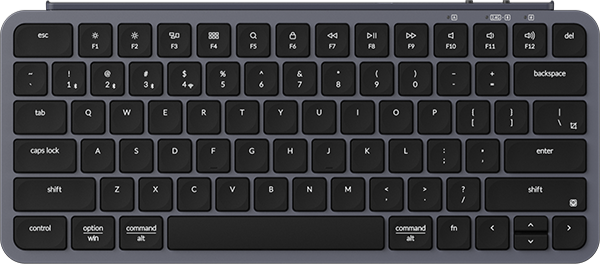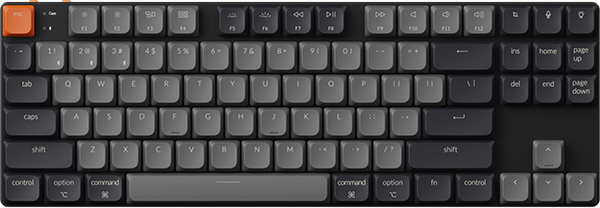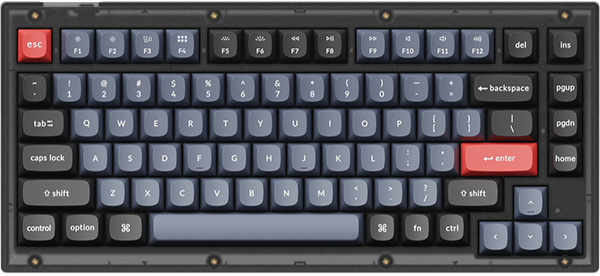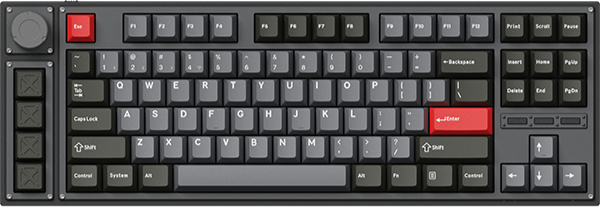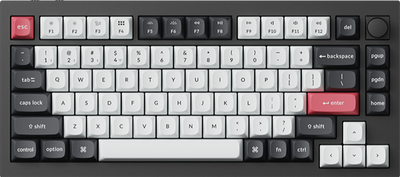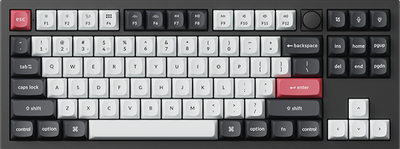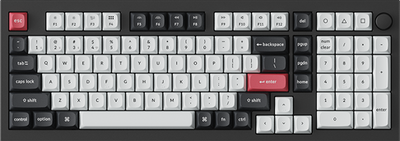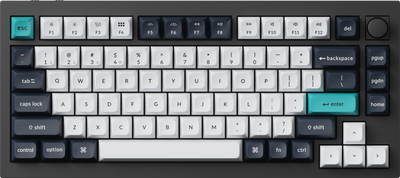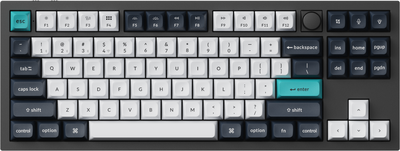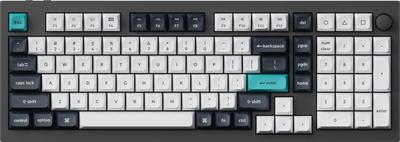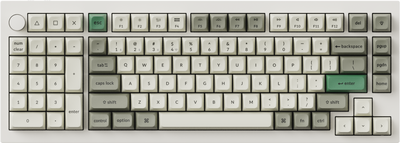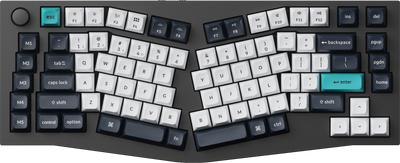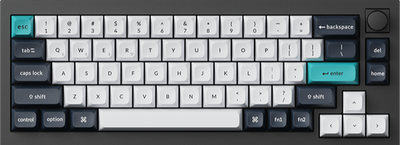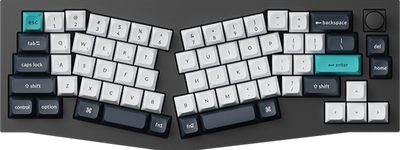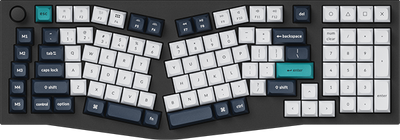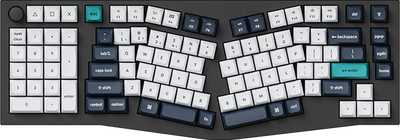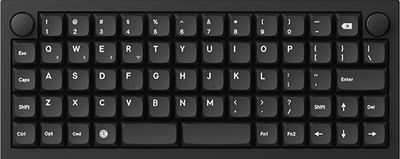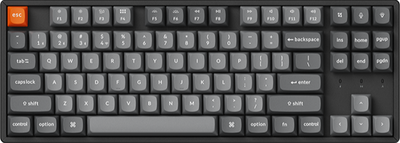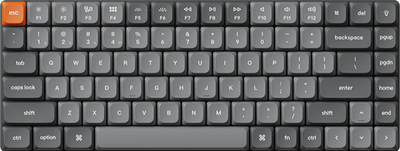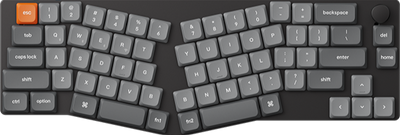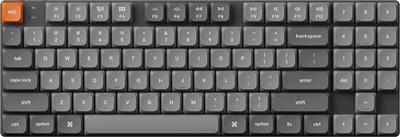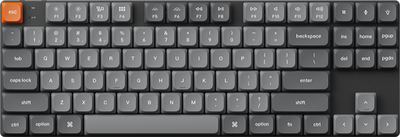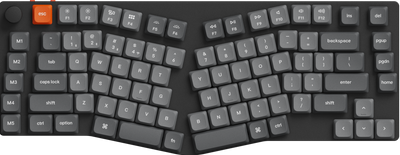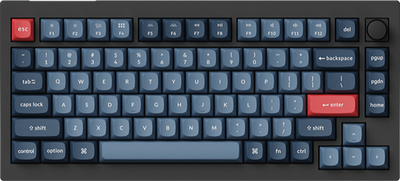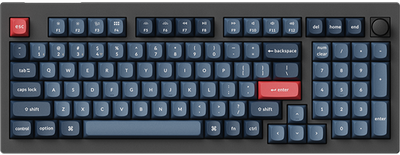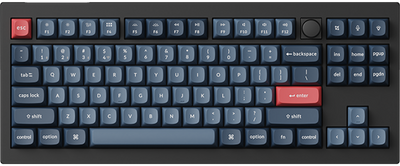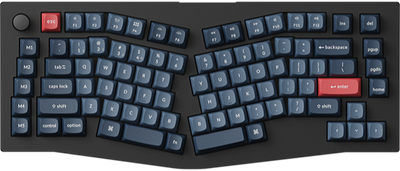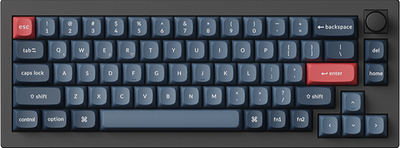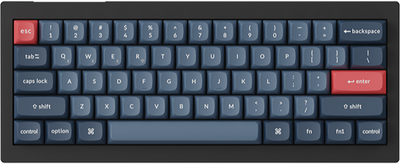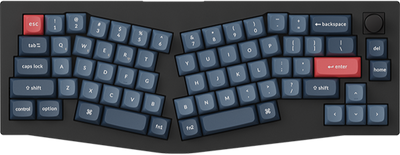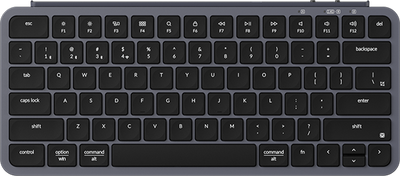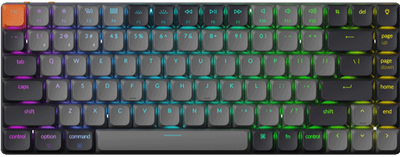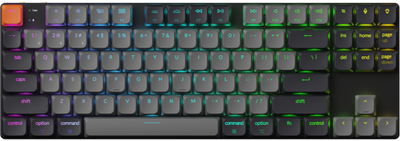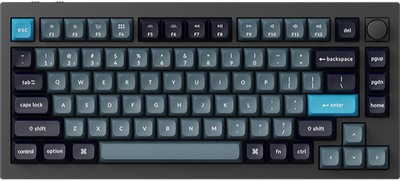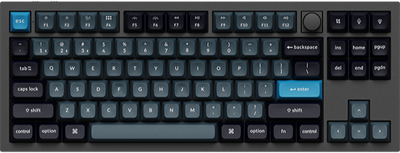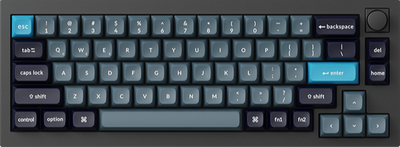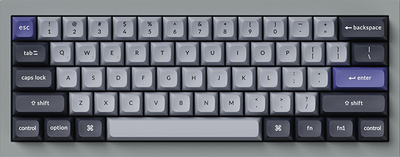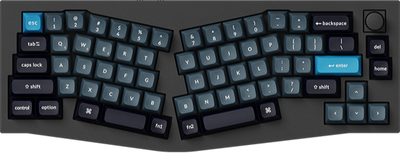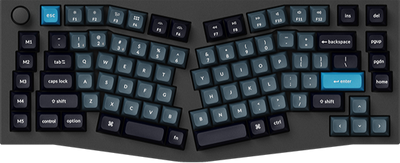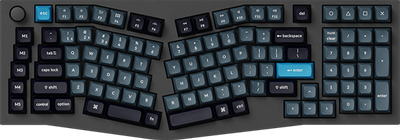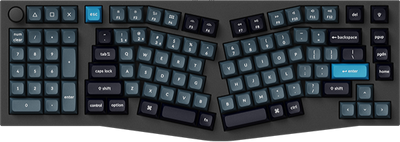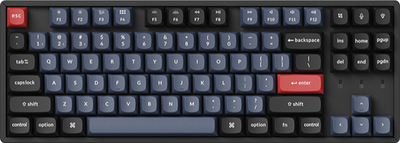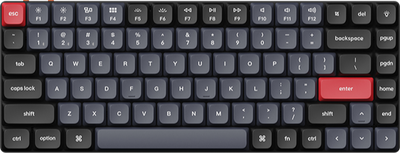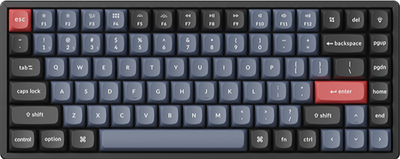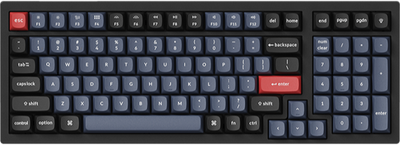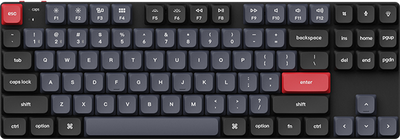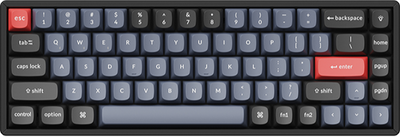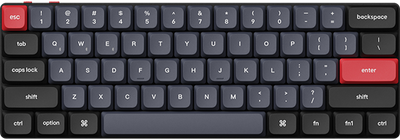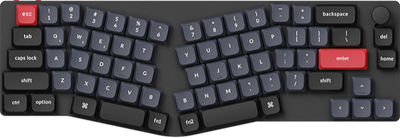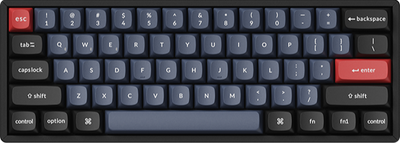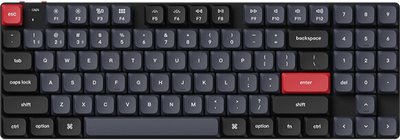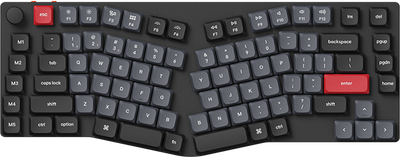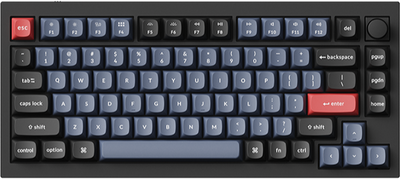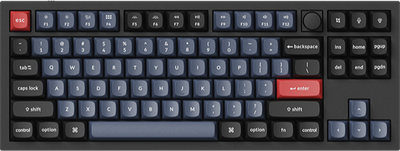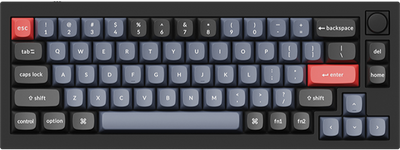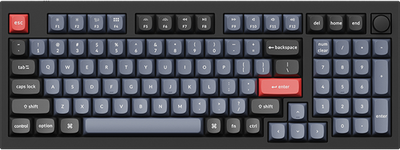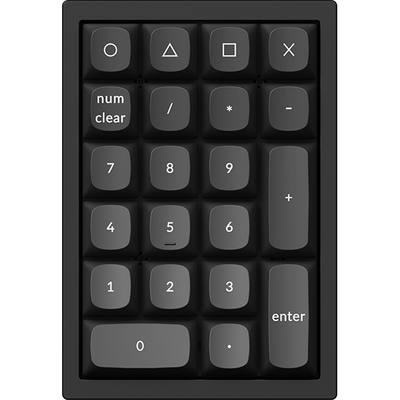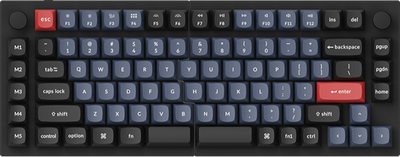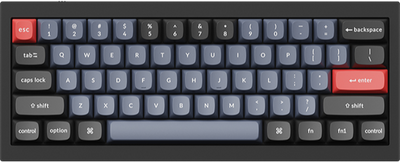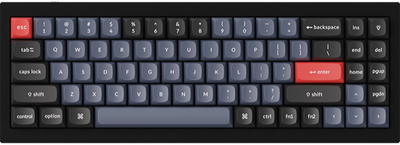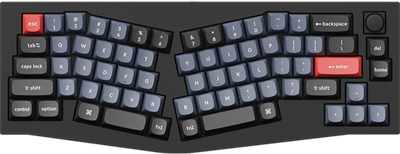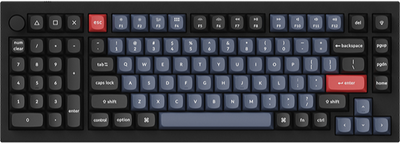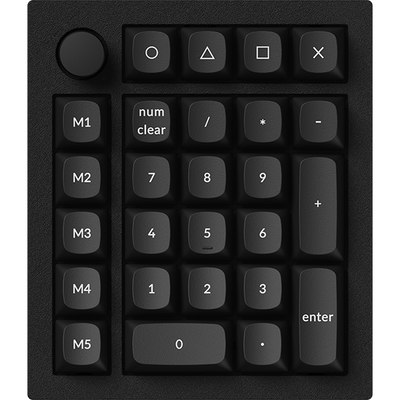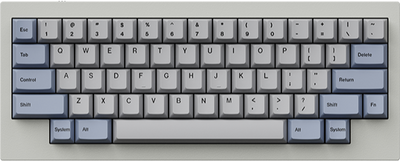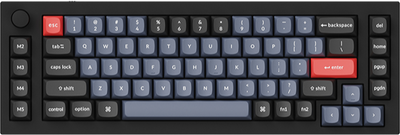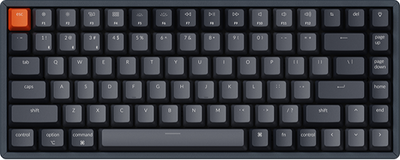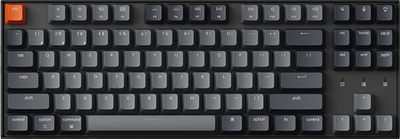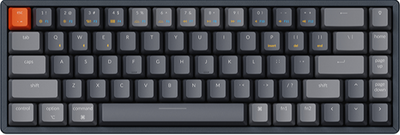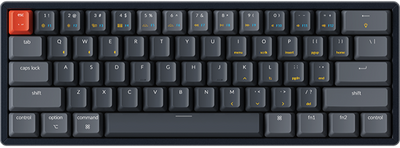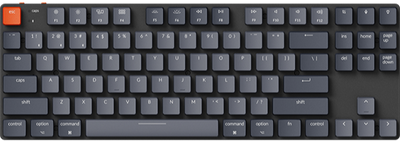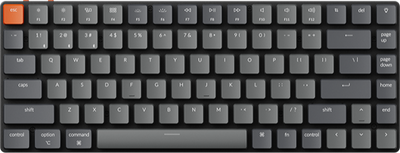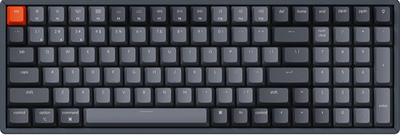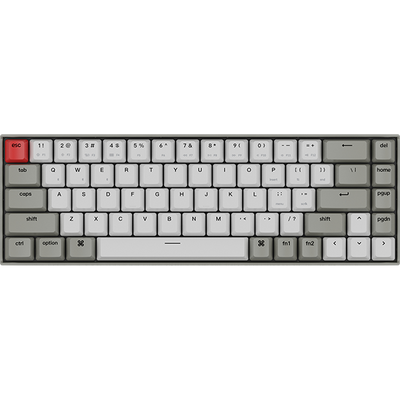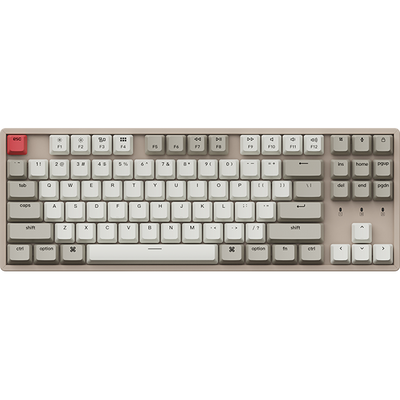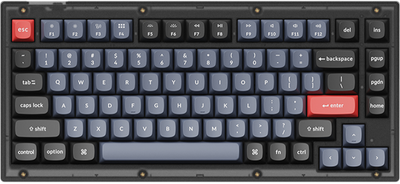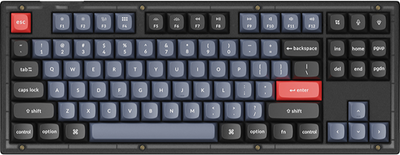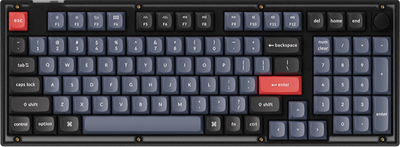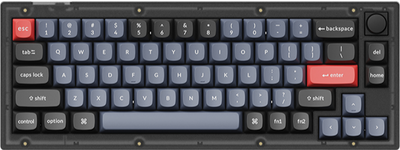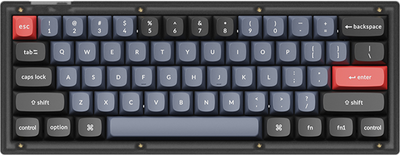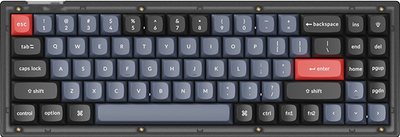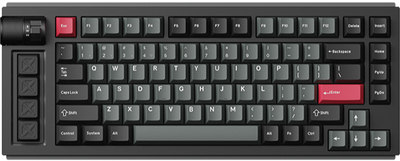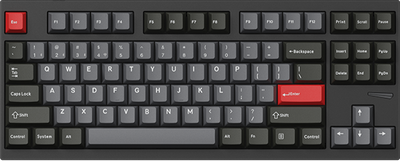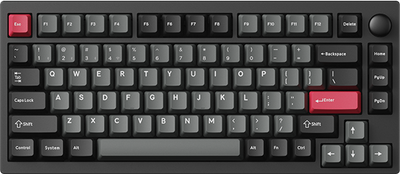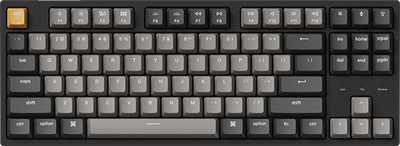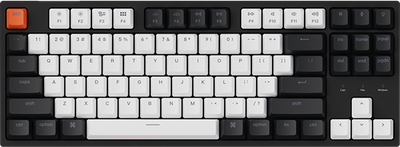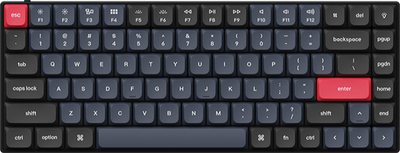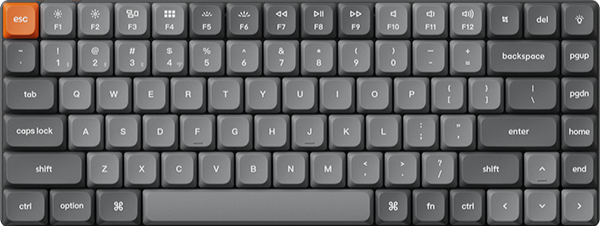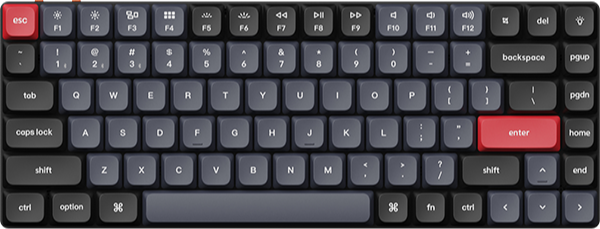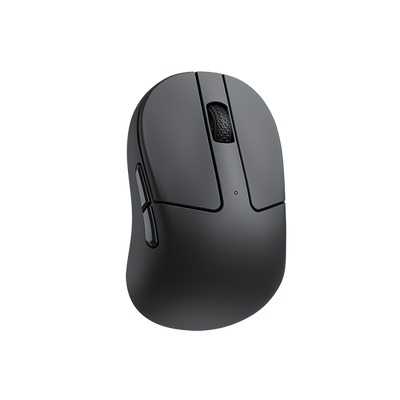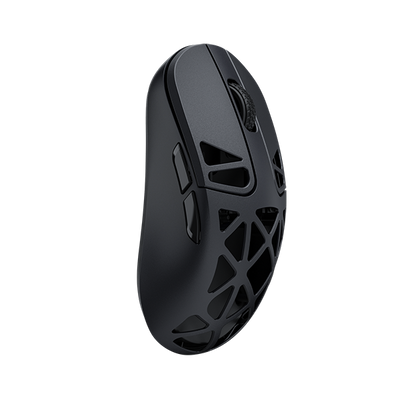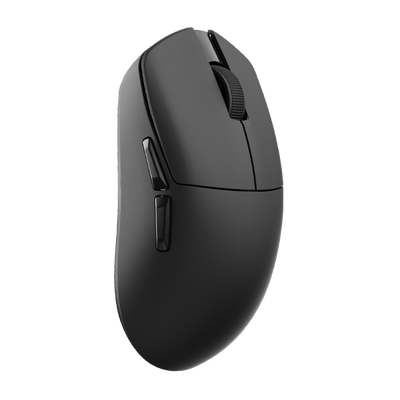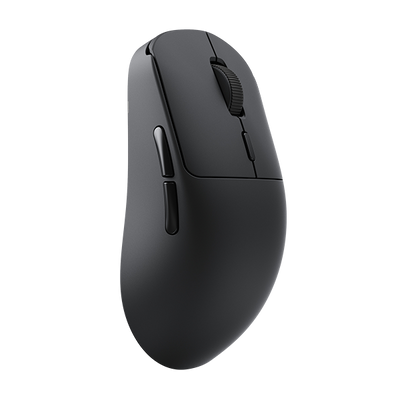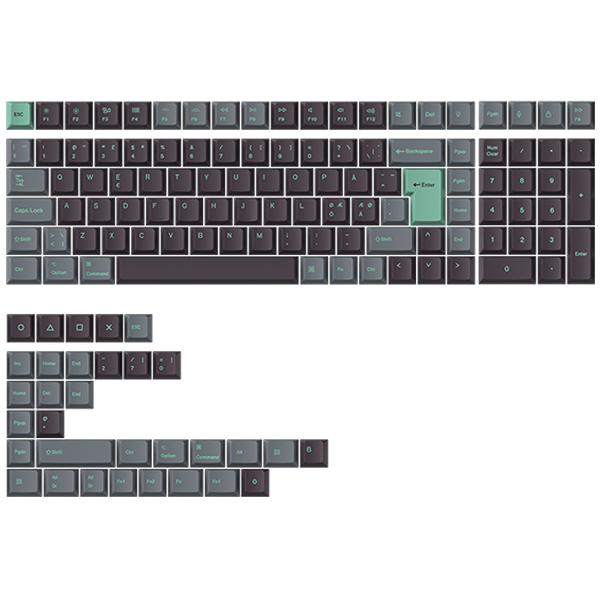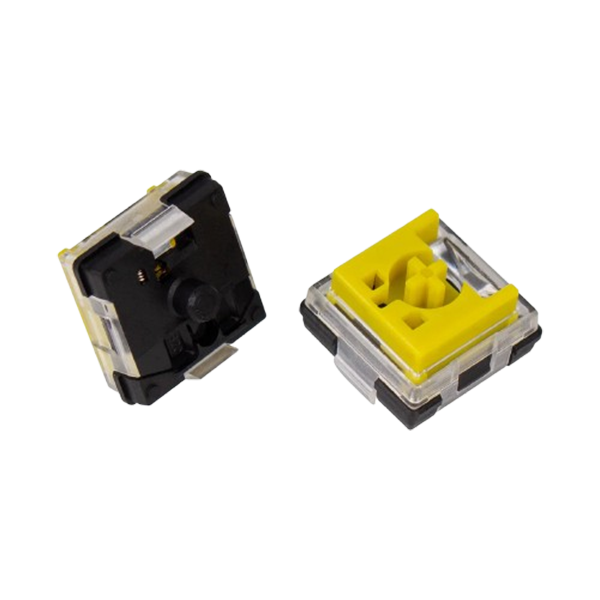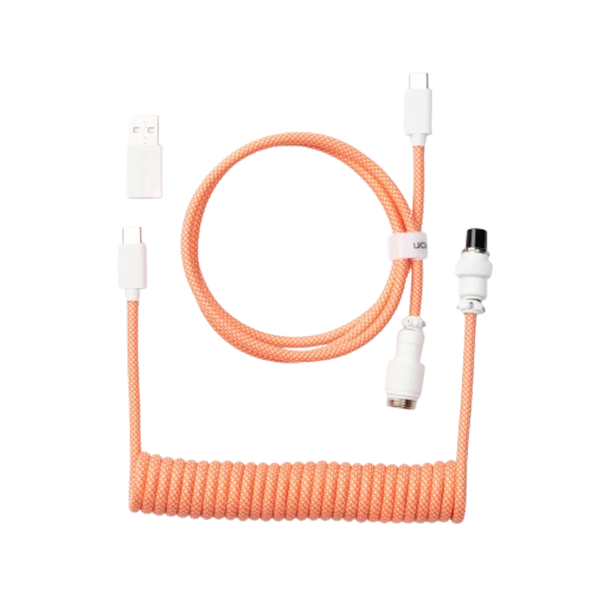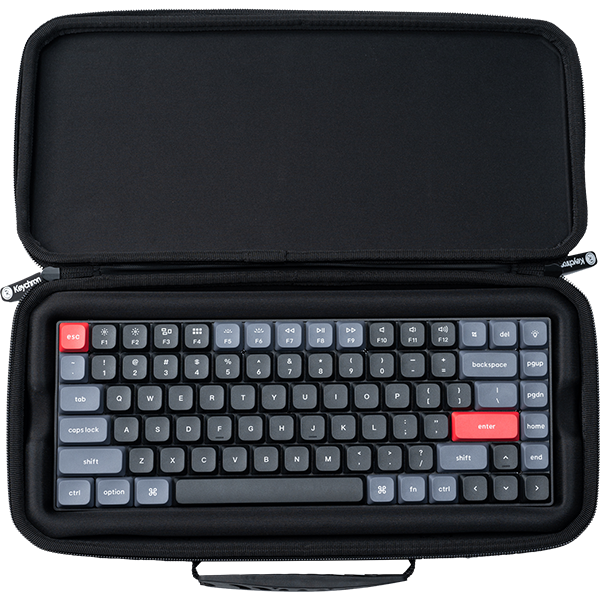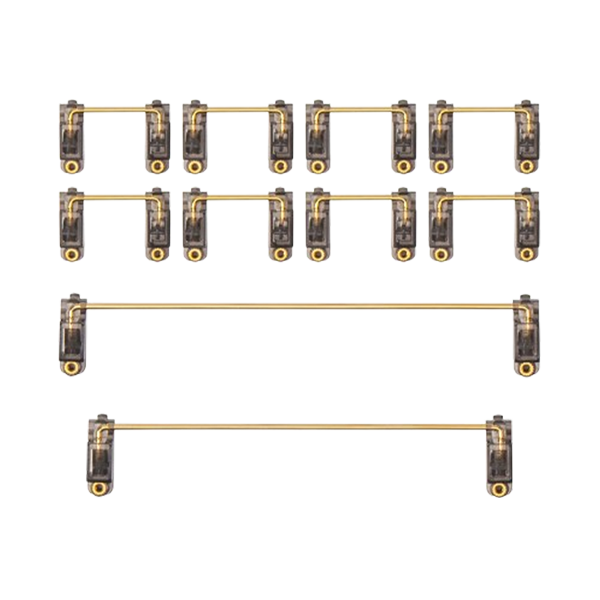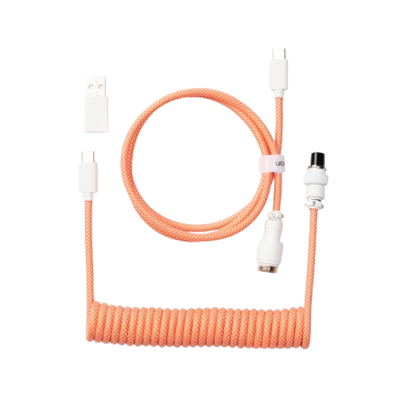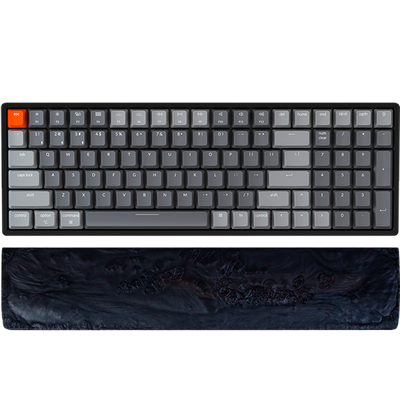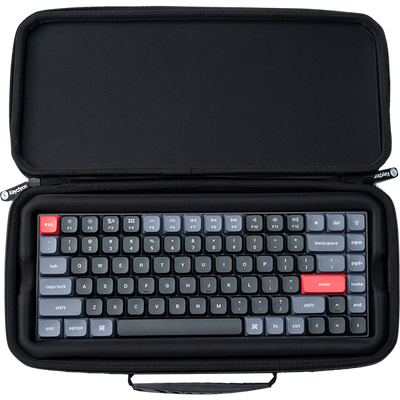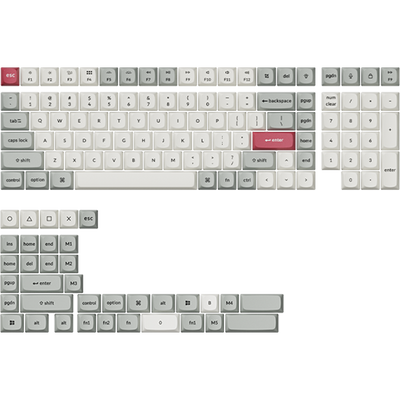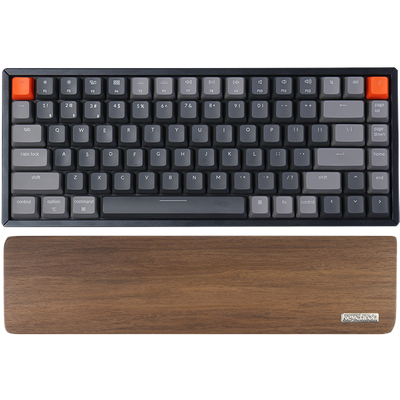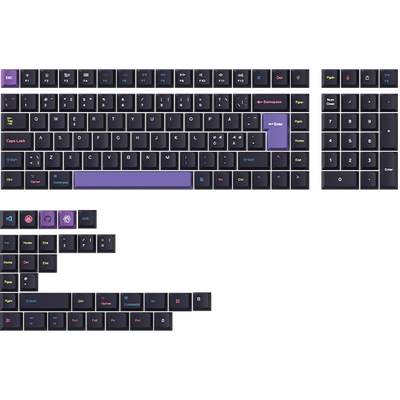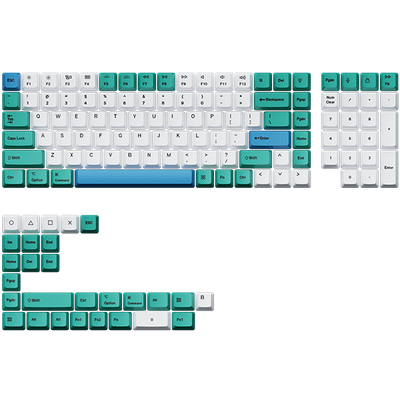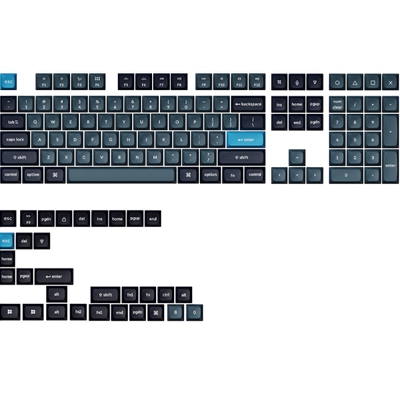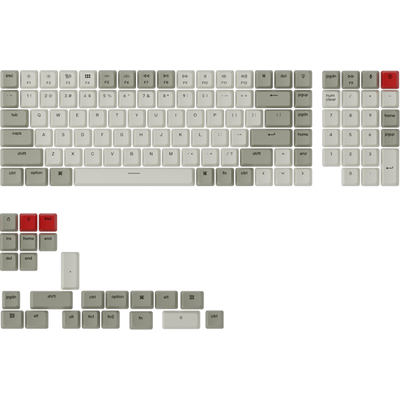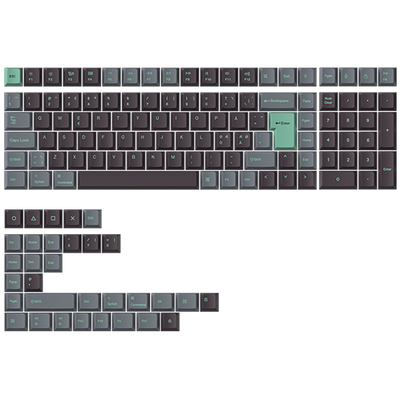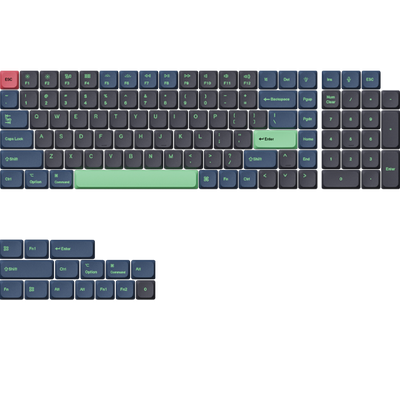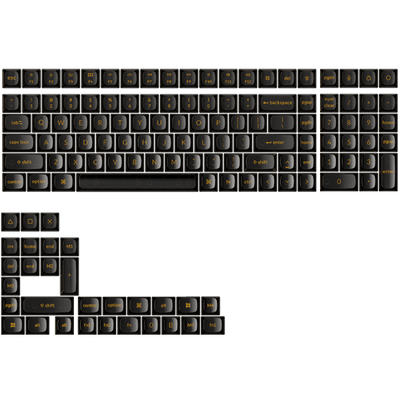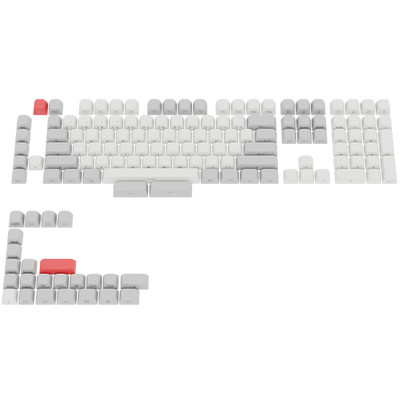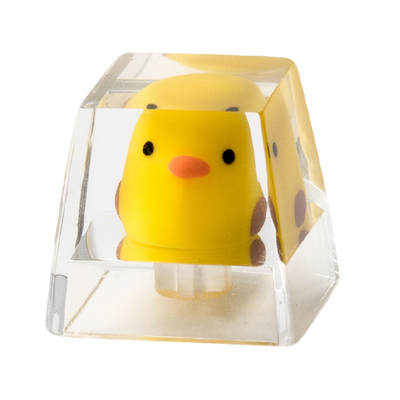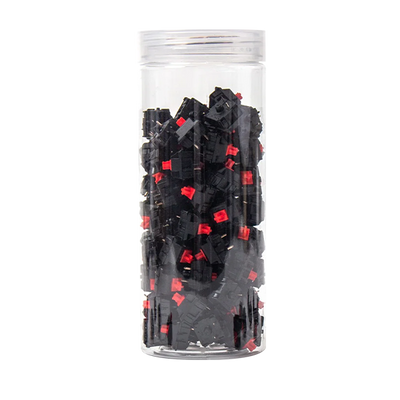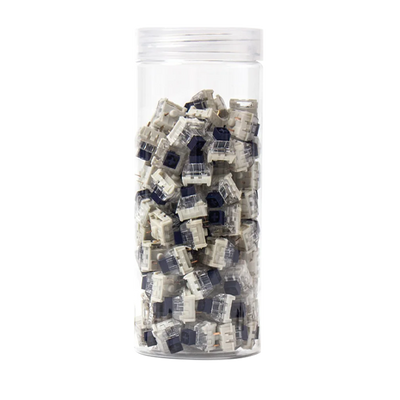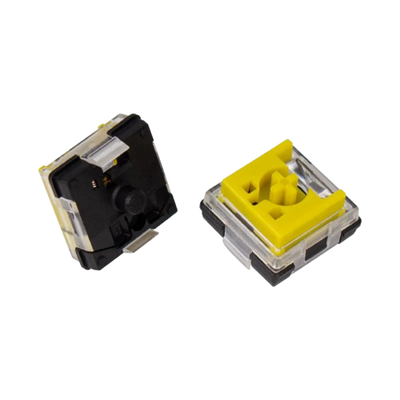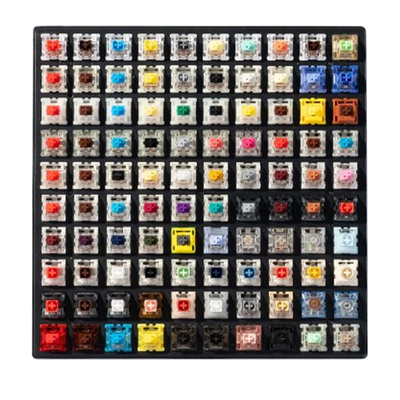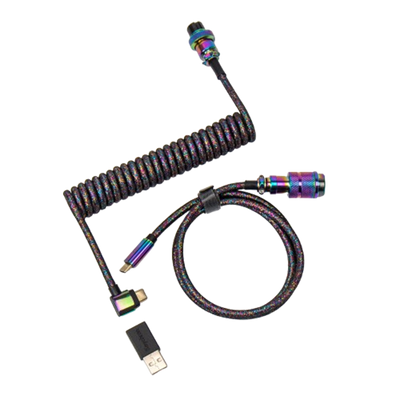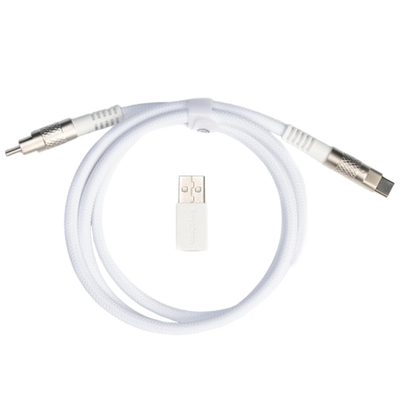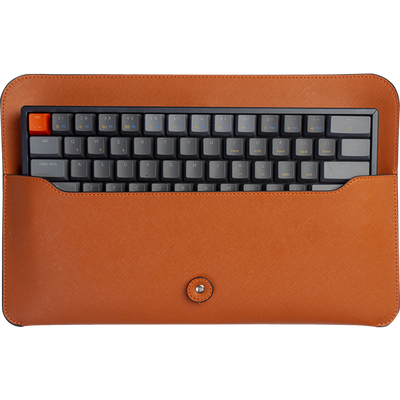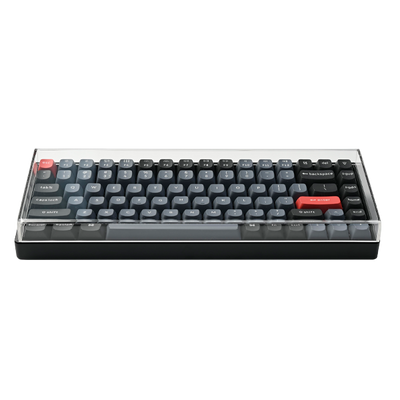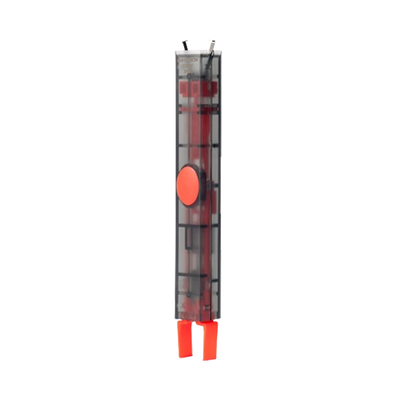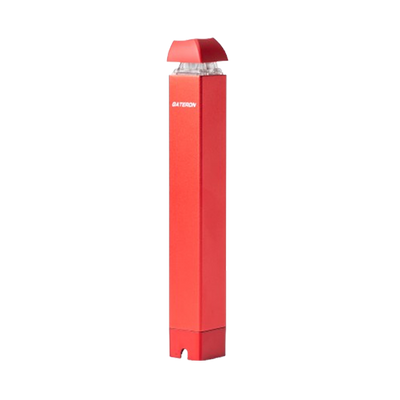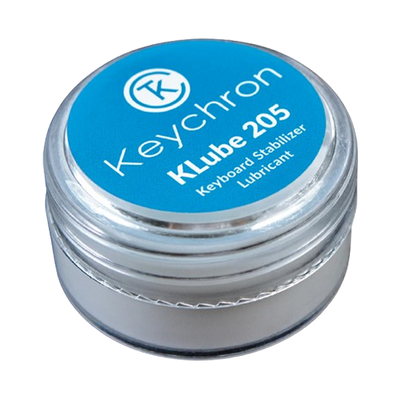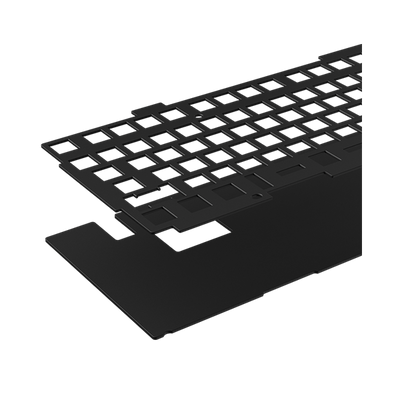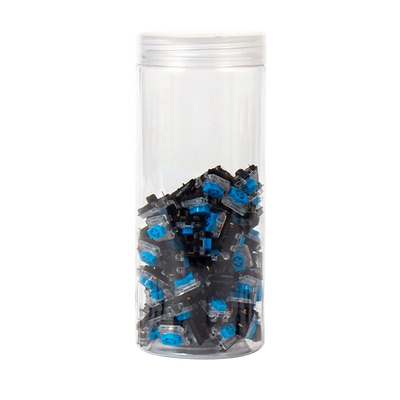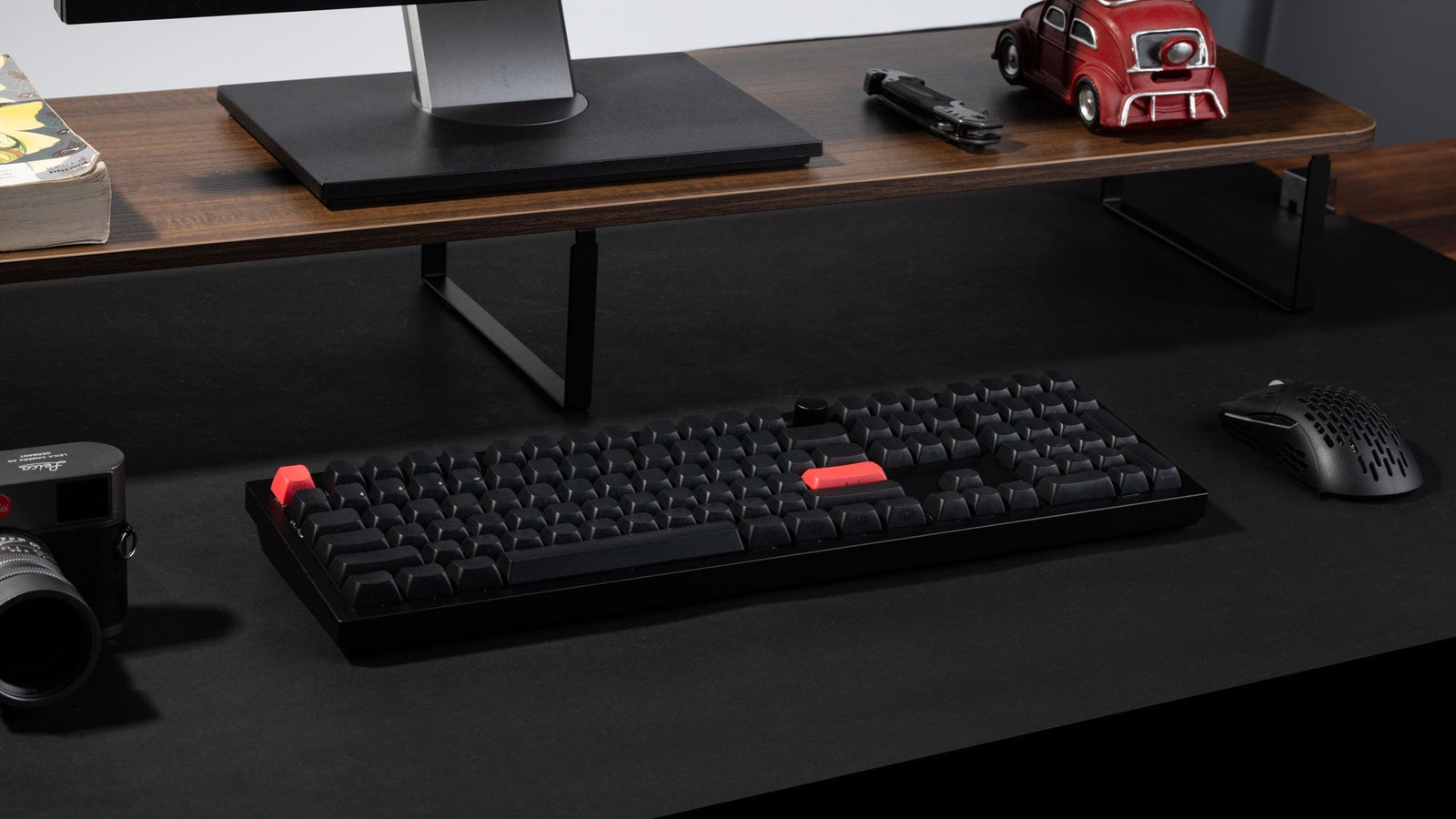If you want to type faster and more comfortably, the Dvorak keyboard layout could be the perfect alternative to QWERTY.
Designed in the 1930s, it places the most commonly used letters in the home row, reducing finger movement and increasing efficiency.
This layout improves typing speed and minimizes strain, making it a great option for professionals, writers, and avid typists.
The best part? You don’t need a special keyboard—just change your settings and start typing. But is Dvorak really better than QWERTY? Let’s find out!
What Is the Dvorak Keyboard Layout?
The Dvorak keyboard layout is an alternative to the traditional QWERTY keyboard. Designed by August Dvorak in the 1930s, this layout rearranges the keys to optimize typing efficiency and comfort.
Unlike the QWERTY layout, where common letters are spread out, the Dvorak layout places the most frequently used letters on the home row. This design reduces the finger movement needed while typing.
The Dvorak layout is available in several variations to suit different needs. Some examples include options for the left hand, right hand, and programmers. This flexibility allows users to choose the best version for their specific tasks.
The Dvorak layout strives to provide a more efficient typing experience by offering an alternative design.
Advantages of the Dvorak Keyboard Layout
[Upgrade to the 🛒 Keychron K2 HE Wireless Magnetic Switch Keyboard for a responsive and ultra-fast typing experience, perfect for mastering the Dvorak layout!]
The Dvorak keyboard layout is designed for smoother and faster typing. It reduces errors and hand fatigue, making long typing sessions more comfortable.
1. Increased Typing Efficiency
Dvorak places the most-used letters on the home row, allowing about 70% of keystrokes with minimal finger movement.
In contrast, QWERTY only uses 32% of the home row, requiring more effort. This efficient design can help increase typing speed and reduce hand strain.
2. Reduction in Typing Errors
With keys arranged for comfort and accuracy, Dvorak keeps your fingers in natural positions, leading to fewer mistakes.
Less finger movement means a smoother typing flow, reducing typos. This can save time spent on corrections and improve productivity.
3. Ergonomics and Reduced Strain
Typing with less hand movement can prevent strain and discomfort. Dvorak’s layout helps reduce the risk of repetitive strain injuries (RSI), making it a great option for people who type often. If you experience wrist pain, switching to Dvorak could provide relief.
4. Learning Curve
While switching from QWERTY to Dvorak takes practice, the logical key placement makes learning easier.
Some studies suggest beginners learn Dvorak faster than QWERTY. Though the adjustment period may be challenging, the long-term benefits include improved speed and accuracy.
By reducing effort and increasing efficiency, Dvorak offers a smarter way to type—especially for those looking to boost comfort and productivity.
Dvorak Keyboard Layout vs. QWERTY: Which Is Better?
The Dvorak keyboard layout is often considered more efficient and ergonomic than QWERTY.
It minimizes finger movement by placing frequently used letters on the home row, which can lead to faster typing speeds and less hand strain, especially during long typing sessions.
However, QWERTY remains the standard because it is widely used and supported on most devices, making it the more accessible choice.
Key Differences to Consider
-
Efficiency:
Dvorak requires less finger travel, making it easier to type common words quickly. This can improve typing speed and accuracy over time. -
Ergonomics:
Designed for comfort, Dvorak reduces hand fatigue and strain by keeping fingers in a more natural position. This can help prevent repetitive strain injuries (RSI). -
Learning Curve:
Since key placements are significantly different, switching from QWERTY to Dvorak takes time and practice. However, many users find the transition rewarding in the long run. -
Compatibility:
QWERTY is the default layout on most computers, laptops, and public devices. Using Dvorak may require manual switching or custom settings, which can be inconvenient.
Dvorak might be worth learning if you prioritize speed, comfort, and reduced strain. However, if you need immediate accessibility across multiple devices, QWERTY remains the most practical choice.
How to Switch to the Dvorak Keyboard Layout
Windows
To switch to Dvorak on Windows:
- Go to Settings.
- Select Time & Language.
- Click Language.
- Choose Keyboard and then Add a keyboard.
- Pick United States-Dvorak.
MacOS
On a Mac, the process is straightforward:
- Open System Preferences.
- Choose Keyboard.
- Select Input Sources.
- Click the plus (+) button and add Dvorak.
More details can be found on Apple Support.
[Also Read: How to Switch Keyboard Language on Mac (Step-by-Step Guide)]
Linux
For Linux, you can use the terminal:
- Type setxkbmap dvorak to switch.
You might find the settings under Keyboard or Input in your system's settings menu for a graphical interface option.
Mobile Devices (iOS & Android)
On mobile, you can switch keyboards:
- iOS: Use third-party keyboard apps that support Dvorak.
- Android: Install a keyboard app like Gboard and choose Dvorak from the settings.
Tips for Transitioning
- Utilize online typing trainers to improve your speed and accuracy.
- Consider using printable Dvorak key overlays. They can help you familiarize yourself with the new key positions as you learn.
Watch Video: Convert Keychron K8 Layout to Dvorak
Tips for Transitioning to the Dvorak Keyboard Layout
Practice Regularly: Set aside time each day to practice typing using the Dvorak layout. Consistent practice helps you get more comfortable with the new arrangement. Consider starting with a few minutes daily and gradually increasing your practice time as you become more confident.
- Use Typing Tutors: Many online typing programs are designed with Dvorak in mind. These tools can help you build the necessary muscle memory.
- Be Patient: Your typing speed may drop initially, which is normal. Improvement will come with consistent practice and time. Remember that proficiency in Dvorak won't happen overnight. Be patient with yourself as your skills develop.
- Switch Gradually: If you're a gamer or use specific software that relies on shortcuts, switch to Dvorak gradually. This way, you can adapt to the layout without compromising your daily tasks. For gaming, you might prefer sticking to QWERTY or setting up custom layouts that suit your needs.
- Track Your Progress: Track your progress to stay motivated. For example, note how many words per minute you type each week to see your improvement over time. Tracking helps reinforce your commitment to mastering the Dvorak layout.
By following these tips, you can transition to the Dvorak keyboard layout more smoothly, enhancing your typing efficiency over time.
(Looking for a fully customizable option? The Keychron Q1 HE QMK Wireless Custom Keyboard lets you program keys and adjust layouts to match your Dvorak preferences!)
Who Should Use the Dvorak Keyboard Layout?
The Dvorak keyboard layout is ideal for people who type frequently and want better efficiency, comfort, or a new typing experience.
Here’s who might benefit the most:
Writers, Programmers, and Typists
- Dvorak reduces finger movement, placing common letters within easy reach.
- This can lead to faster typing speeds and less effort, making long typing sessions more efficient.
People Seeking Ergonomic Benefits
- Designed to reduce strain on hands and fingers.
- Helps prevent repetitive stress injuries (RSI) from prolonged typing.
- A good option if comfort is a priority in your daily workflow.
Typing Enthusiasts and Experimenters
- Offers a unique layout that may improve speed and accuracy.
- A chance to explore a more comfortable setup for long typing sessions.
Final Thoughts
The Dvorak keyboard layout offers a smarter way to type, improving speed, accuracy, and comfort.
Whether you’re a writer, programmer, or just looking to reduce hand strain, Dvorak provides a more ergonomic and efficient alternative to QWERTY.
While it takes time to learn, many users find the transition worth the effort for long-term benefits.
If you're looking to make typing even more comfortable, check out our split keyboards and Alice layout options. These designs further reduce strain and improve ergonomics, making long hours at the keyboard easier on your hands.
Frequently Asked Questions
Switching to the Dvorak keyboard layout can bring several benefits. You might be curious about how it compares to QWERTY in speed, the learning curve involved, and the practicality of switching between layouts. Here are some key insights on these topics.
Is the Dvorak Keyboard Layout Faster Than QWERTY?
Yes, the Dvorak layout is designed to be faster than QWERTY because it places common letters on the home row, reducing finger movement. Many users report an increase in typing speed and accuracy after switching. However, speed improvements depend on practice and familiarity. While Dvorak can be faster, QWERTY remains the most commonly used layout.
How Long Does It Take to Learn the Dvorak Layout?
Learning Dvorak usually takes a few weeks to a few months, depending on practice time. If you type daily, you may regain your original speed within one to two months. Some people learn faster because the layout is designed for efficiency and comfort. Regular practice with typing exercises helps speed up the transition.
Can I Switch Between Dvorak and QWERTY Easily?
Yes, you can switch between Dvorak and QWERTY easily through your computer’s keyboard settings. Most operating systems, including Windows, macOS, and Linux, allow you to change layouts in just a few clicks. If you frequently switch, you may need time to adjust between layouts. Some users prefer keeping both layouts enabled for flexibility.
Are there Dvorak Layouts for Other Languages?
Yes, there are Dvorak layouts for different languages, including Dvorak for Left Hand, Right Hand, and Programmer Dvorak. Some languages have modified versions of Dvorak to support accented characters and unique symbols. However, availability depends on the language and keyboard settings on your device.
Do I Need to Buy a New Keyboard to Use Dvorak?
No, you do not need to buy a new keyboard to use Dvorak. You can change the keyboard layout in your computer’s settings without replacing the physical keyboard. If you prefer labeled keys, you can use keyboard stickers or remap keys for better visual guidance. Most standard keyboards work perfectly with the Dvorak layout.


